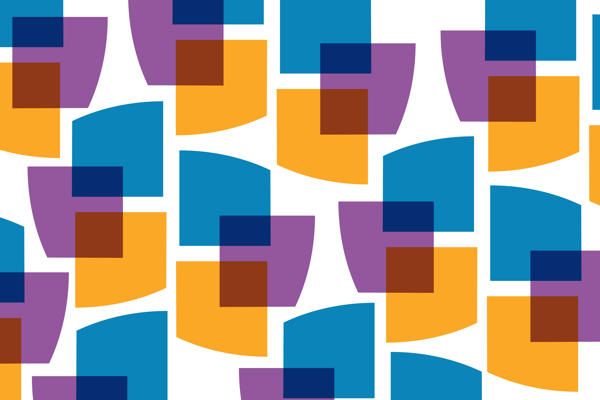Astrology, the study of the cycles of the stars and the planets and their influence on events on Earth, can be traced back to ancient civilisations. By the medieval period astrologers were usually respected scholars who believed that the movements of the stars influenced most things, including the weather, growing seasons for crops, people’s personalities and the inner workings of bodies.
Astrology was a part of everyday medical practice in Renaissance Europe. Doctors combined medical knowledge with careful studies of the stars and often carried special almanacs (calendars) containing star charts. They would check the positions of the stars before making a diagnosis. Many almanacs included a diagram of a zodiac man which explained how the astrological formations (star signs) ruled each part of the body.

Renaissance astrology contained a range of elements including horary astrology, astrological magic and natal astrology. Horary (of the hour) astrology predicted favourable or unfavourable times to undertake activities. This was done by casting a horoscope (a detailed map of the cosmos) for the time, date and location concerned. Astrological magic attempted to harness this cosmic energy to better effect in events and lives by using amulets, talismans and signs. Natal astrology used the date, time and location of a person’s birth to provide a complete analysis of all elements of their life and predict their future course in life.
The RCP archives hold an extremely rare surviving example of natal astrology, dating from the 1500s. The ‘Horoscope of Johannes’ is a leather bound volume containing a full natal reading for a person born on 12 April 1538. The volume contains a fold out circular chart and 106 pages of analysis and prediction, up to the year 1609. This would have been a fairly long life span at the time.

Unfortunately for the incurably curious, we know neither the identity of the astrologer nor the subject. So there is no way of knowing how accurate John’s analysis and prediction were. What we do know is that this consultation must have been expensive, with a considerable amount of resources being involved in producing a volume of this size. The fee would have been equally large.
The Tudor polymath John Dee (1527–1609) was a well-known scholar, courtier and magician. He also had an enduring interest in astrology. Dee drew charts and horoscopes from at least as early as 1550, representing the position of the planets and constellations at specific times. Robert Dudley, Earl of Leicester, who introduced Dee to Elizabeth I, had asked Dee’s advice on an auspicious date for her 1559 coronation. Dee identified this by practising horary astrology. More information on this enigmatic figure is available in our current exhibition.

By the 18th century the emerging scientific disciplines had led to the breakdown of many traditional systems, including astrology. Rediscovered as part of a wider 19th century interest in esoteric systems, astrology became a model for producing character analysis. The stars and planets now influenced the psyche. Prediction, in the Renaissance sense, was gone. Modern astrology also introduced the outer planets Uranus, Neptune and Pluto; asteroids; and computer techniques.
This is just one of many fascinating items in our archives, which document the history of the RCP, its members and medical practice in England over the last 500 years. Find your favourite unusual item in the RCP archives.
Pamela Forde, archive manager
Read more about our collections on our weekly blog, and follow @RCPmuseum on Twitter and @rcpmuseum on Instagram.




